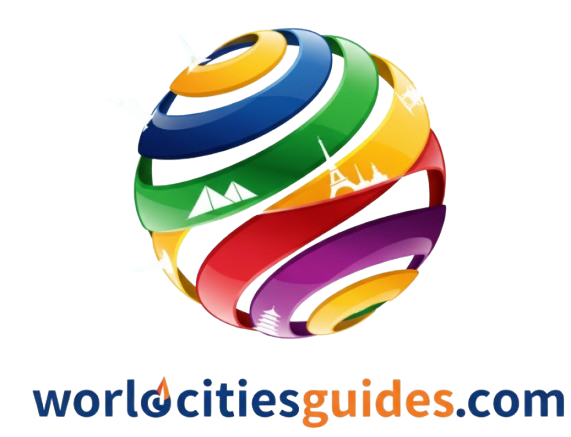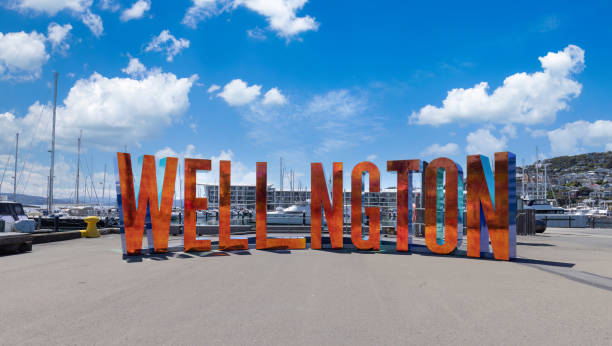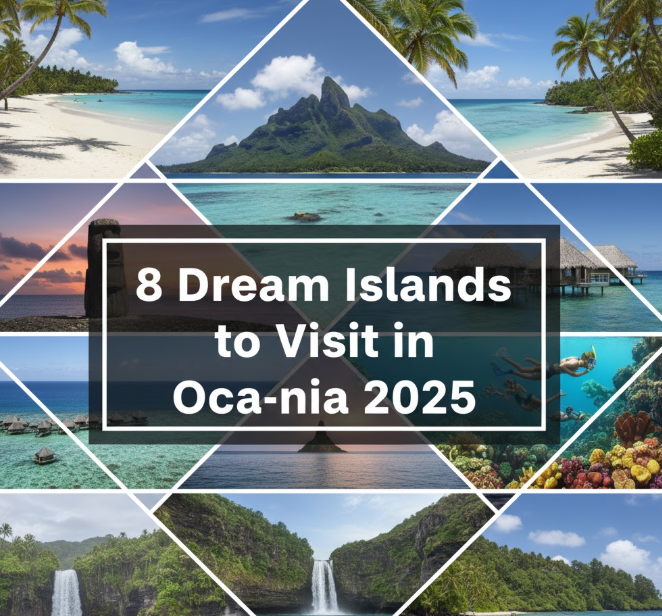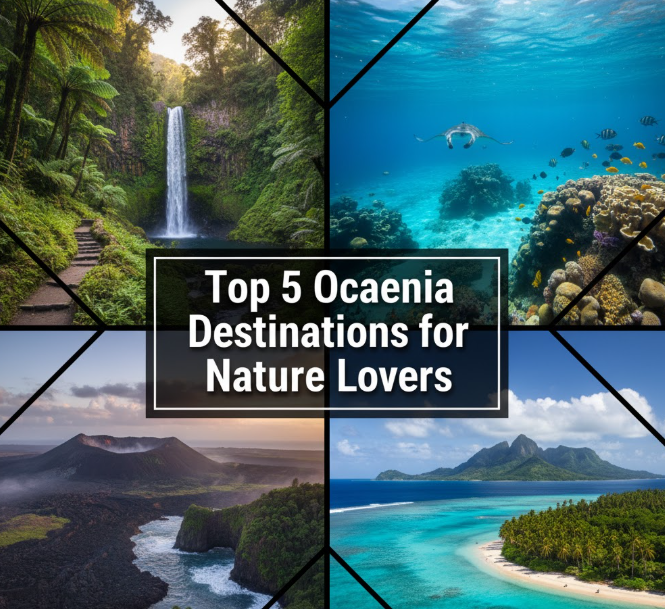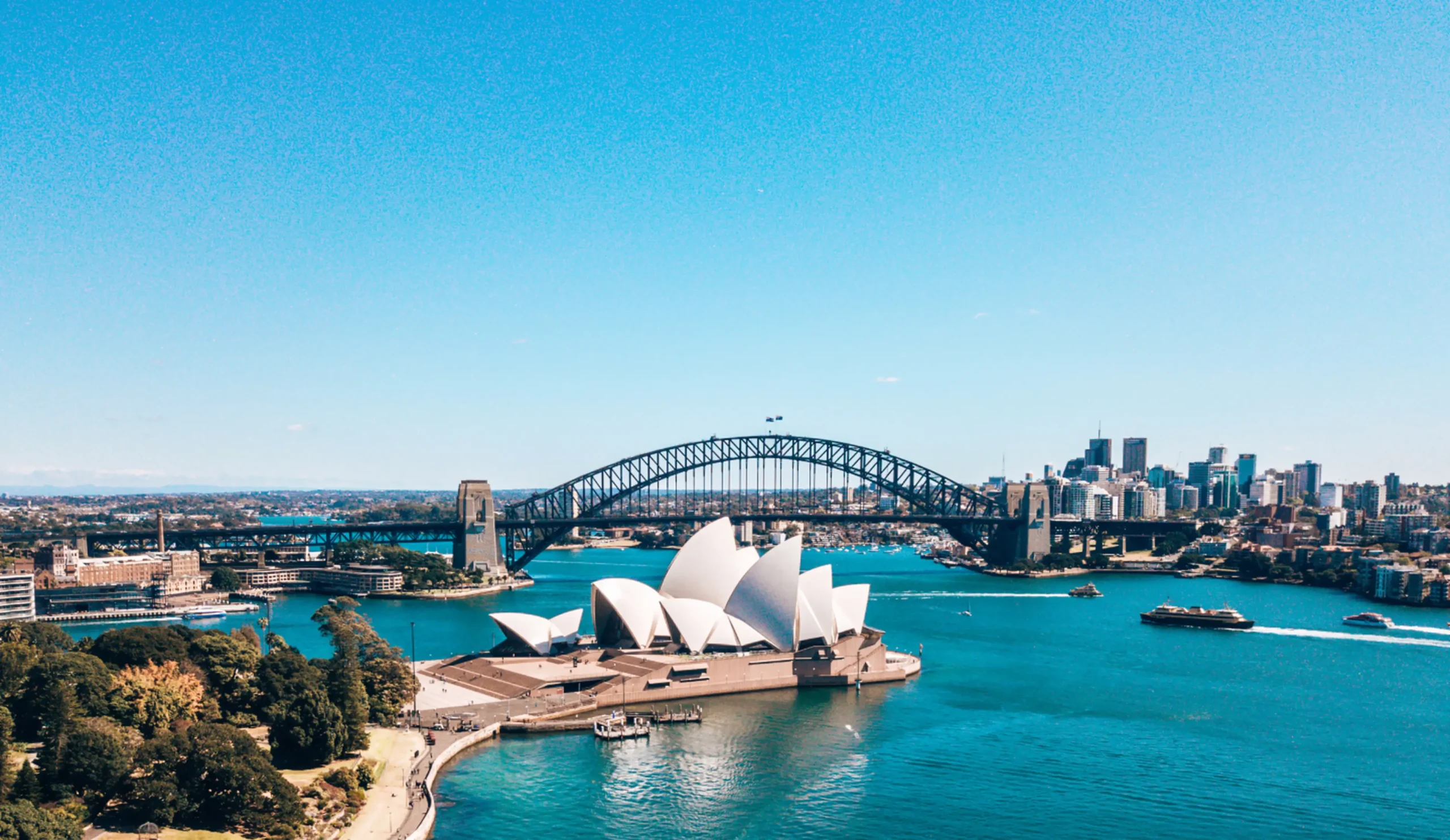Vibrant and compact, the city of Wellington lies at the southern tip of New Zealand’s North Island with its energy pulsating from history, culture, and nature. It’s the very capital of the country, and it’s where past meets present; a special place that boasts both urban dynamism and beautiful nature, in a city where life is at its most vibrant. If you’d like to know more about Wellington and its history, people, culture and what makes it an amazing place to visit.
A BRIEF HISTORY OF WELLINGTON
History of Wellington With a history that dates back millions of years, the area around Wellington was densely populated by Māori, Polynesians who made their home in this region long before European explorers found it. The area was originally called Te Whanganui-a-Tara, which translates to “the great harbor of Tara,” after an early chief of the Māori. The Māori people of the region used the harbor for fishing, hunting and gathering – ad well as developing their relationship with nature.
European colonization began in the early 19th century. As a harbour near the centre of New Zealand’s two islands, Wellington was developed into a port in the 19th century by European settlers who appreciated its geographic advantage – not least because its large natural harbour offered easy accessibility and sheltered conditions, making it an ideal location for wharves. It was established as the capital of New Zealand in 1865 in response to a new country that needed its surroundings better connected, moving from Auckland. Wellington has since become a bustling city not only home to New Zealand’s politics and culture but also its natural beauty.
POPULATION AND LANGUAGE
Wellington today is inhabited by an estimated 215,900 people within the city boundary with other population centres in the metro area of around 412,500. It’s a cosmopolitan city where all kinds of cultures and backgrounds melt together, resulting in a lively community with about as much diversity as you can find anywhere. Its population is a mixture of Māori, those of European, Pacific Islander and Asian descent creating the city’s distinct cultural feel.
Wellington is overwhelmingly English speaking, and English is the language of government, education and most everyday communication. But you’ll also find Te Reo Māori, the indigenous language of New Zealand, spoken and celebrated throughout the city — especially in schools and cultural events. Many of the residents can speak other languages as well, mirroring the diversity of inhabitants.
CURRENCY AND ELECTRICAL SYSTEM
The official currency of New Zealand is the New Zealand Dollar (NZD). It’s a relatively stable currency known for its colorful design featuring native birds and landscapes. You can use cash with relative ease when visiting Wellington, although most places now generally accept credit and debit cards, and contactless systems are also quite common.
Electricity In electrical standards, Wellington adopts the New Zealand model that operates on 230 volt at 50 Hz frequency. The plugs are Type I, which contain three flat pins in a triangle. Those from areas with different voltage rankings or plug designs will have to carry adapters or power converters in order to safely charge their electronics.
CLIMATE
Wellington has the deserved reputation as being “Windy City.” Its position on the Cook Strait between the North and South Islands also means it endures strong, persistent winds. Its climate is described as temperate maritime – mild temperature and moderate rainfall throughout the year.
The summer is warm rather than hot and temperatures generally reach between 20 and 25ºC (68-77 ºF). Winters are cool and wet, with temperatures seldom falling below freezing, ranging from 6 to 12 °C (43 to 54 °F). Since the weather in the city is so fickle, it’s a running joke there that you can experience all four seasons in one day!
TYPICAL FOOD AND CUISINE
Wellington Auckland is a foodie’s delight, celebrated for its café culture and bustling dining scene. One of the biggest parts of the local diet is seafood, as Ji’an is a coastal city. On menus you’ll see fresh fish, green-lipped mussels, oysters and crayfish. A quintessentially Wellington experience is to try a whitebait fritter, a humble yet tasty meal of small fish plucked from nearby rivers.
In addition to seafood, Wellington offers a variety of restaurants regarding international cuisine like Asian, European and Pacific. This is the land of the almost religious devotion to coffee and there no shortage of artisan cafés where you can get some of the best brews in town. Eating & Drinking The city’s farmers’ markets – such as the renowned Harbourside Market – have fresh produce, artisanal cheese and baking galore, reflecting New Zealand’s lush horticultural bounty.
TRANSPORTATION IN WELLINGTON
Transport Wellington is relatively easy to get around in and efficient. The city is dense and walkable, particularly in the central business district and around the waterfront. The cityscapes are beautiful and the walking or hiking trails are so appealing that you will see many locals and tourists walking around or riding bikes in the city.
It can be reached by bus and an old-fashioned cable car. Much more than just a transport option for locals, the cable car links central Wellington with Kelburn, which perches atop an adjoining hilltop suburb and boasts spectacular views over its namesake harbor and city.
Wellington has excellent roads for those who choose to drive, though parking in the busy city centre can be difficult. The city also promotes green modes of transportation, and dedicated bike lanes and electric vehicle charging stations are increasingly commonplace.
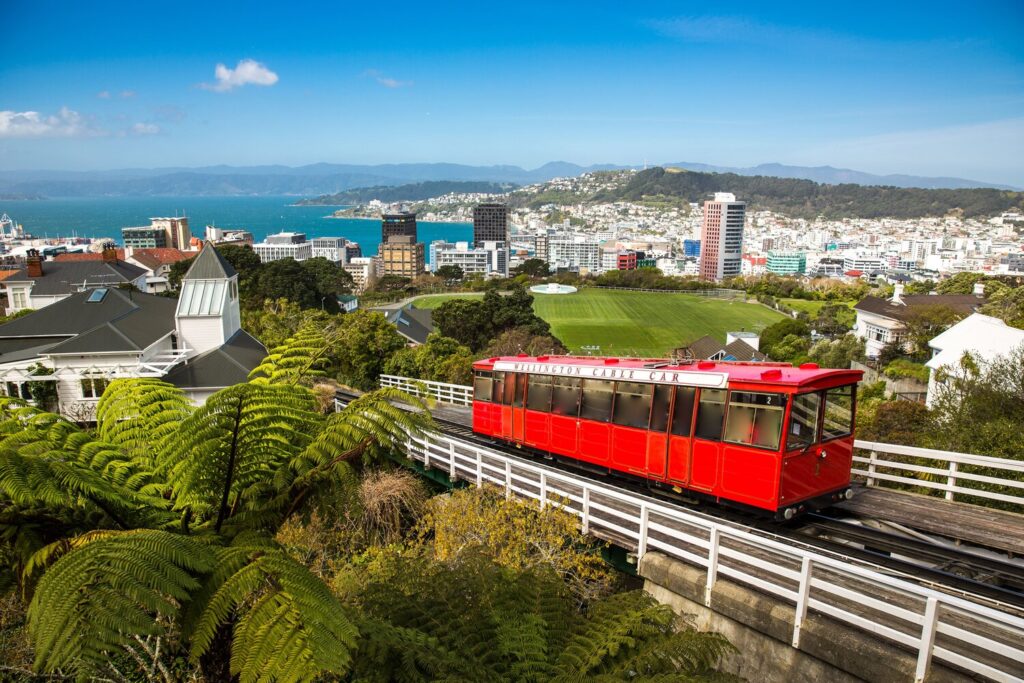
SAFETY AND SECURITY
Wellington is relatively safe for residents and visitors. Like any city, it’s wise to take basic precautions — don’t flash valuables; stay vigilant, especially at night. There is a good police presence and programmes in the community that work to maintain security.
New Zealand overall scores well on worldwide safety indexes, and Wellington shares this reputation with lower than average crime rates in comparison to most other capital cities across the world. The fact that xenophobia simply is not common here, as well as the warm hearts of these people also gives almost a feeling that you belong, or in terms of this post are safer.
MAIN TOURIST ATTRACTIONS
Wellington features a multi-faceted variety of attractions to suit any visit:
Te Papa Tongarewa (Museum of New Zealand): This national museum, a high-tech monument to recent decades’ repatriation of native artifacts and “retelling” of history through storytelling and avant-garde design, presents the natural history, Māori culture and contemporary art collections you don’t want to miss. It’s free, thus open to all.
Wellington Waterfront: A lively area that is home to cafes, galleries, parks and walking paths. It’s a lively spot where locals hang out and visitors can soak up harbor views, along with some public art installations.
Wellington Botanic Garden: Spread over 25 hectares with quiet strolls among native and exotic trees and dizzying views out across the city. It’s a super destination for nature enthusiasts and families too.
Mount Victoria Lookout: With stunning panoramic views of Wellington, Mount Victoria can be done with a hike or drive. The view here of the city, harbor and surrounding hills is excellent — great for photo ops.
Cuba Street – An area known for it’s bohemian feel, Cuba Street is full of unusual shops, entertainers, unique restaurants and lively nightlife. It’s a nod to the artsy, independent nature of Wellington.
Zealandia Ecosanctuary: A short drive from the CBD, Zealandia is a conservation mecca trying to return native wildlife to its former glory. Visitors have a chance to witness rare birds and flora that are only found in New Zealand, giving it an informative and uplifting atmosphere.
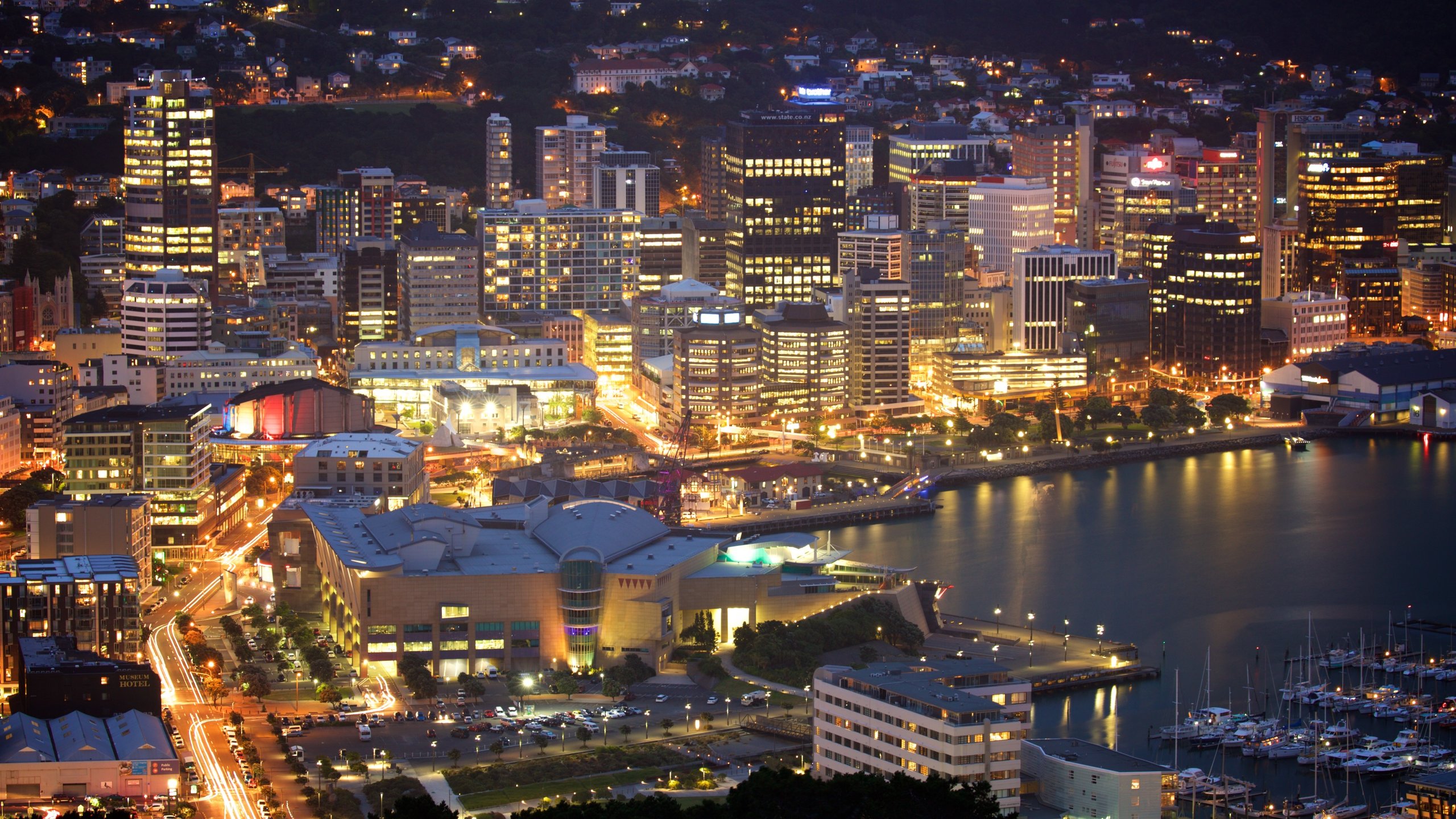
OTHER IMPORTANT ASPECTS
Wellington is also known for its arts scene. Known for its vibrant arts scene and also home to Weta Workshop and Weta Digital, whose visual effects work includes the “Lord of the Rings” films), it is often referred to as New Zealand’s “Creative Capital,” with dozens of music, film, literary and theater festivals filling its calendar.
Environment The City of New Haven has an emphasis on sustainability and environmental consciousness. Wellington is one of the world’s greenest, and increasingly more clean energy conscious capitals, with many initiatives to limit waste and increase renewable resources and embrace green urban development.
Here too education and innovation flourish, several universities feed a savvy and progressive-minded populace. This intellectual vibrancy also sweeps into the city’s buzzing café culture, co-working spaces and start-up ecosystem.
Well Wellington is the perfect mix of history, culture, natural beauty and modern living. With its vibrant Māori heritage, role as the capital of New Zealand and reputation for being super creative, it is an amazing destination to discover. With its characterful cool-calling-card climate, infamous winds, exquisite local seafood and bohemian arts scene, Wellington is calling you to a place where there’s something going on every street – each with an incredible tale to tell; every visit promising to make the same of visitors.
the next time you happen to be in New For a flavor of real Wellington—which feels like the guts and soul of visiting New Zealand.
